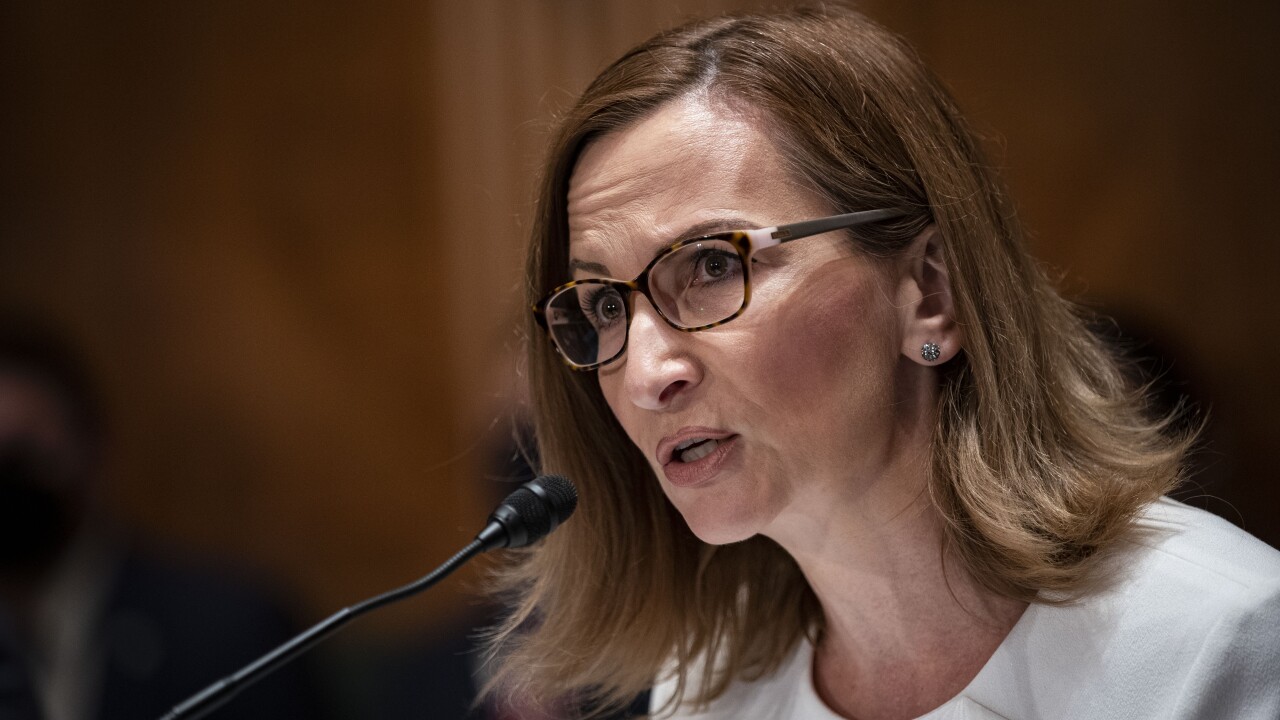We hear predictions of a "retail apocalypse" every time a retail chain files for bankruptcy, with pictures of
Generation Z especially are
Brand consistency is key to ensuring consumer loyalty, and
Investment into the omnichannel retail ecosystem is essential and falls into three main points of focus: brand identity, customer experience, and a fluid payment ecosystem.
The aim is that payment methods are uniform across channels, ideally allowing the option of one-click purchasing by retaining your payment details. In addition, you should be able to return your item through various methods in order to receive a refund in the same way that you paid. Finally, point of sale consumer finance must be available equally across channels and not only available online or in-store.
While some retailers are able to innovate successfully across brand identity and customer experience, it is vital that the payments functionality is as uniform as the branding, and includes the ability to seamlessly accept payments across multiple channels.
The main issue with implementing a uniform POS experience tends to occur with bigger retailers. Larger retailers with a physical presence are likely to have a legacy in-store POS system that has been customized for them. Their order management and ERP systems are likely to be bespoke and heavily integrated into their internal business systems. The result is disparate payment solutions for mobile, e-commerce and POS transactions, causing a disjointed experience for the customer.
While we are seeing retailers struggle with the payment aspect of omnichannel, it is even more apparent with consumer finance. Retailers looking to offer their customers financing options will often work with installment loan providers, but while these provide an effective online solution, they don't necessarily offer a similar option in-store. Using a consumer finance solution that fractures the customer experience by moving away from the retailer's branding, or by utilizing a different solution online versus in-store, will undermine other omnichannel features in place.
In response to these challenges, retailers need to seek out a solution that will provide customers with a consistent experience across all consumer finance channels. One example is a platform offering a white-labeled package that works seamlessly across all of the retailer's POS points to ensure brand consistency. Such a consumer finance system wouldn't require specific integration into the retailer's POS both online and in-store.
Retailers have the tools to close the omnichannel loop by offering a consumer finance platform that is easily applied at all payment channels. Once retailers can offer uniform consumer finance, they are on their way to presenting a fully omnichannel shopping experience for their customers.





